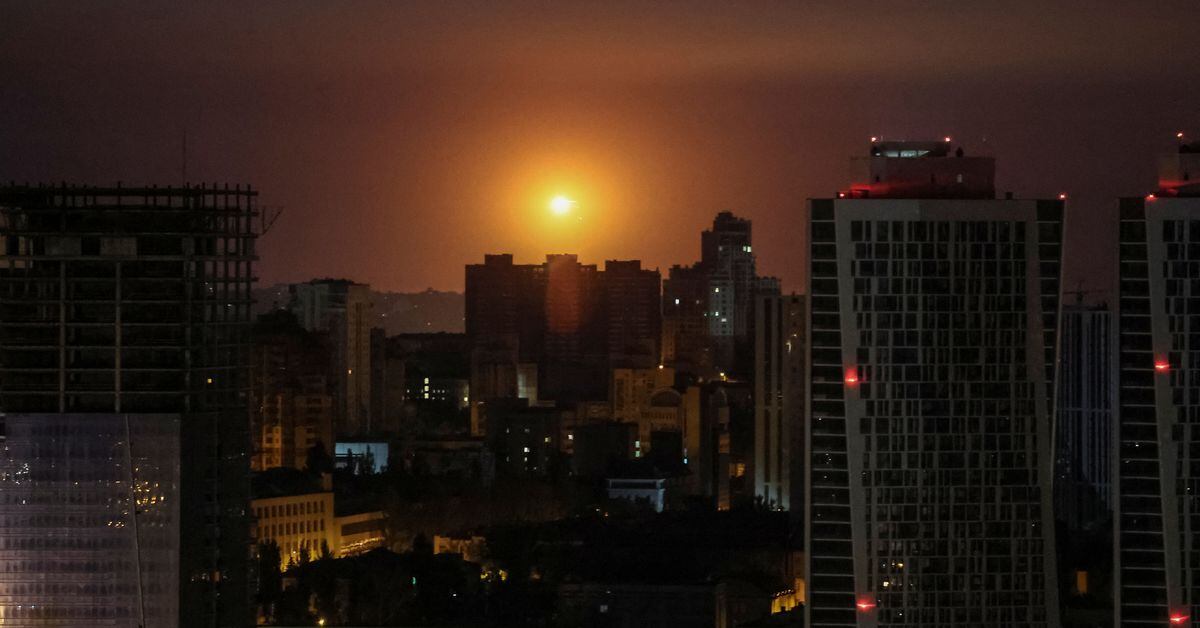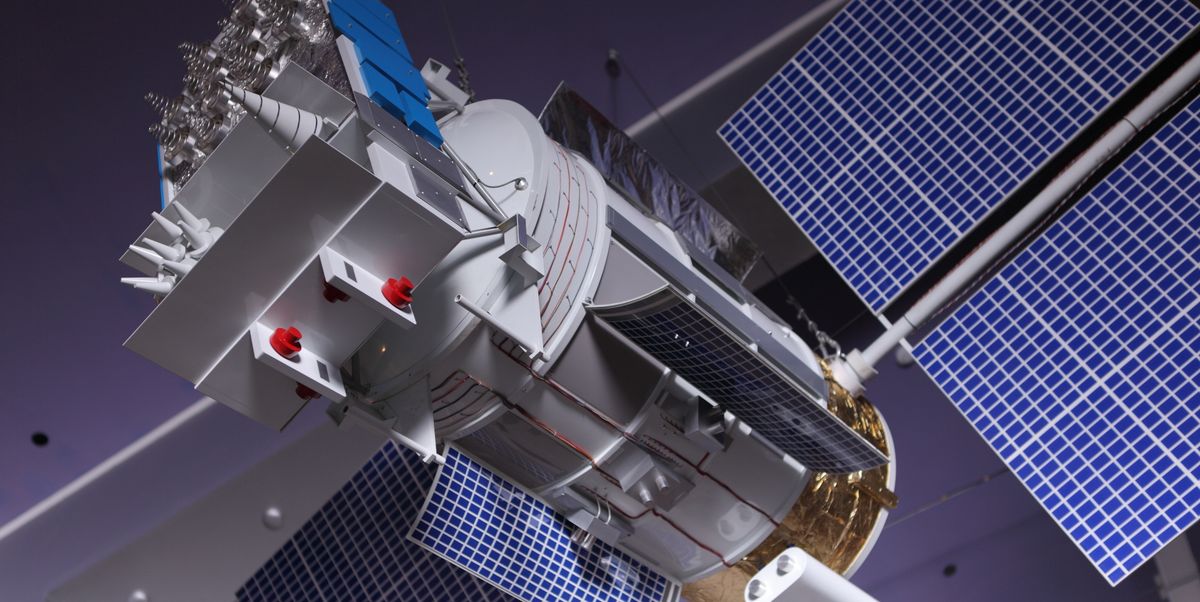Admiral Beez
Major
Does the engine placement and type reduce the A-10's heat signature?
Follow along with the video below to see how to install our site as a web app on your home screen.
Note: This feature may not be available in some browsers.
Ad: This forum contains affiliate links to products on Amazon and eBay. More information in Terms and rules
I wonder by how much, the exhaust temps are reduced, as it exits the pipe?
Sarah Palin will rally the locals and push them into the sea.And think how soon Putin will move on Alaska, the next most resource rich ex Russian territory, and what that will cost in American lives if he wins.
Does the engine placement and type reduce the A-10's heat signature?
As a lad in the 1980s I thought that the A-10 was far better than the Su-25 in the CAS and ground attack role. But in today's environment over Ukraine it seems that the swift Frogfoot has a place while the Thunderbolt is deemed unsurvivable.probably not against a plane as slow as the A-10 in its combat environment.
As a lad in the 1980s I thought that the A-10 was far better than the Su-25 in the CAS and ground attack role. But in today's environment over Ukraine it seems that the swift Frogfoot has a place while the Thunderbolt is deemed unsurvivable.
Have Russian and Ukrainian Frogfeet met in combat?

Still a lot slower than the 606 mph (per Wiki) speed of the Frogfoot. I think the Sepcat Jaguar was closer to the Frogfoot spec, minus the latter's armour. Imagine the UAF with Jaguars. Or Tornados!
Northrop YA-9 - Wikipedia
en.wikipedia.org
Interesting how similar it is to the Frogfoot.
As a lad in the 1980s I thought that the A-10 was far better than the Su-25 in the CAS and ground attack role. But in today's environment over Ukraine it seems that the swift Frogfoot has a place while the Thunderbolt is deemed unsurvivable.
Have Russian and Ukrainian Frogfeet met in combat?
Still a lot slower than the 606 mph (per Wiki) speed of the Frogfoot.
On radials you can reduce the temperature considerably by using exhaust powered cooling airflow like on the Otter and Caribou but then you lose the exhaust thrust and add drag from the much larger tailpipes
Our flying club T34B had ejector tube exhausts similar to this but with a somewhat smaller air/exhaust ratio, and our club mechanic, an engineer student, said that it actually provided some thrust as well as a reduction in cooling drag. He claimed it gave our 225 HP Continental O-470 roughly equivalent thrust to a 235 HP O-540 Lycoming with fixed pitch prop like in a Pawnee. You couldn't prove it by me, as though she was a sweet flyer, she had a touch of the overweight/underpowered feel to her. (But those pipes gave her a throaty "Harley rumble" that assuaged the young buck ego!)The Otter is mixing about 10 parts of air to one part of exhaust. Admittedly the air has been heated by the cylinders so it may be topside of 200C but it will still drop the exhaust temperature a lot.
You don't see Frogfeet loitering over the targets nowadays. They race in, lob some unguided rockets or bombs in the general direction of the enemy and then zoom away, dumping flares as they scoot. I have to wonder if those air strikes accomplish anything relative to drone-directed artillery and GPS-guided HIMARs. Either way, I'd not want to be loitering over the Russians in a slow A-10 whilst slowly turning to line up my big gun.A lower top-speed, combined with more-efficient turbofan engines, means that an A-10 can hang around longer over the battlefield -- necessary when considering how much ordnance it needs to discharge. Loiter-time is important in this mission.
You may be right.once the Ukrainians start their offensive and the Russians have committed their forces we may see a river crossing in the Kherson region, especially as Ukrainian forces have already established a foothold.


I find it amazing that with their recon satellites the Russians still have not found and neutralized the Ukrainian air force. The UAF has over one hundred MiG-25, Su-24, Su-25 and Su-27. They must be experts at dispersal, diversion and disguise to keep them all operational and intact.In a rare acknowledgement of damage suffered at a military "target", Ukraine did not name the site or sites hit in the western region of Khmelnitskiy but said work was under way to restore a runway and five aircraft were taken out of service.
The reason is that their recon/spy satellites are not that amazingI find it amazing that with their recon satellites the Russians still have not found and neutralized the Ukrainian air force. The UAF has over one hundred MiG-25, Su-24, Su-25 and Su-27. They must be experts at dispersal, diversion and disguise to keep them all operational and intact.


 www.rferl.org
www.rferl.org
Behind a paywall.The reason is that their recon/spy satellites are not that amazing
Why Russian Space Satellites Are Failing in the Ukraine War

Russia Has Unleashed a ‘Campaign of Missile Terror’ Due to Failing Satellites
Where are Moscow’s eyes in the skies?www.popularmechanics.com
"The Ukrainian army can use commercial systems to obtain images of any area in high detail at least twice a day in favorable weather conditions, whereas the Russian army can get an image of the same area approximately once in two weeks,"
Not for me. But here you go https://archive.is/jaPjzBehind a paywall.
Yea, long enough to get shot at more frequently.A lower top-speed, combined with more-efficient turbofan engines, means that an A-10 can hang around longer over the battlefield -- necessary when considering how much ordnance it needs to discharge. Loiter-time is important in this mission.
Imagine the UAF with Jaguars. Or Tornados!
....
It's too bad all these great NATO combat aircraft were scrapped and thus unavailable for Ukraine when the Russians kept theirs in storage or active service.